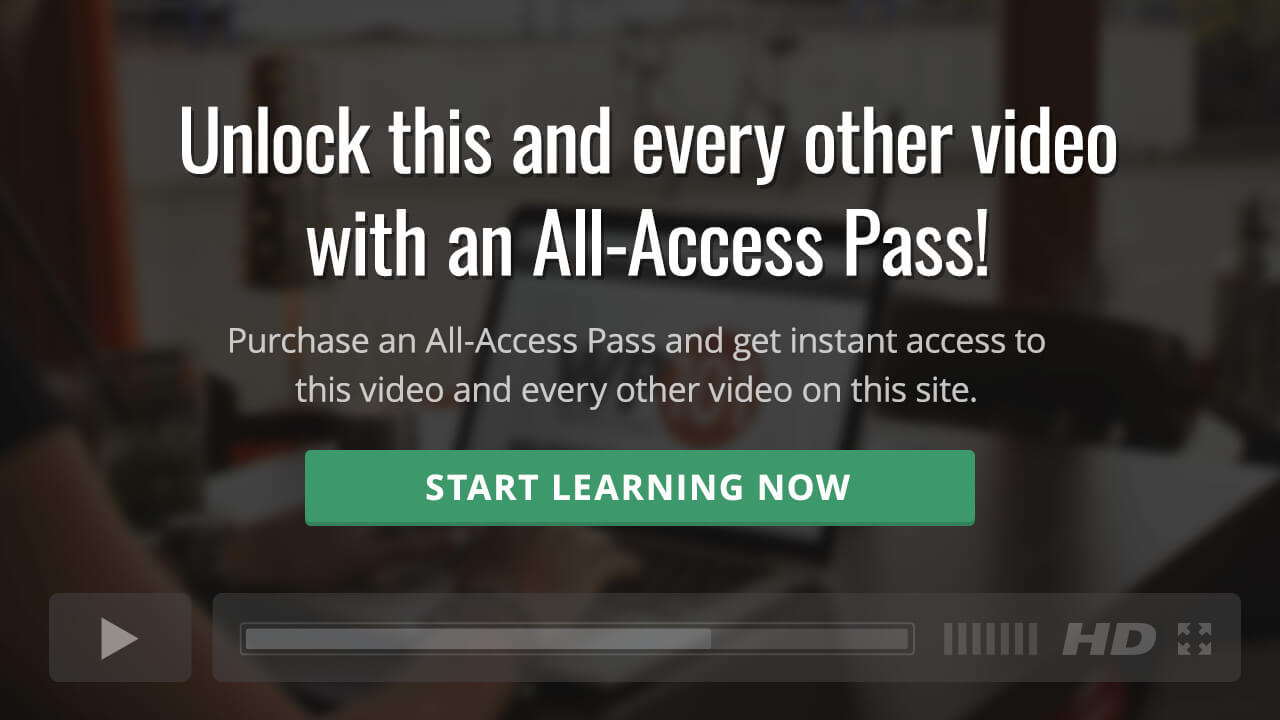Back to: WordPress 101: Classic
In the final video in this series, we’ll discuss how to configure your WordPress settings to optimize and get the most out of your site.
The Settings sub-panel contains all of the settings that determine how your site behaves, how you interact with your site, and how the rest of the world interacts with your site.
Covered in this video:
- General – Updating your site’s title and location, who may register an account at your blog, and how dates and times are calculated and displayed.
- Writing – Customizing the interface with which you write new posts.
- Reading – Deciding if you want posts—or a static page—to be displayed as your site’s homepage. How many posts are displayed at one time, and how to adjust RSS syndication feed features to determine how the information from your site is sent to a reader’s web browser or other applications.
- Setting up your site as a CMS – Using a static page or a blog page for your home page.
- Discussion – Control the settings concerning incoming and outgoing comments, pingbacks and trackbacks, email notifications and the use of avatars.
- Media – Specify the maximum dimensions in pixels to use when inserting an image into the body of a post.
- Privacy – Choose whether you want your site to be indexed by search engines—like Google, Bing, or Yahoo!—or only to normal visitors.
- Permalinks – Create a custom URL structure for your permalinks and archives.
- Miscellaneous – File upload settings, link tracking and support for custom “hacks”.
